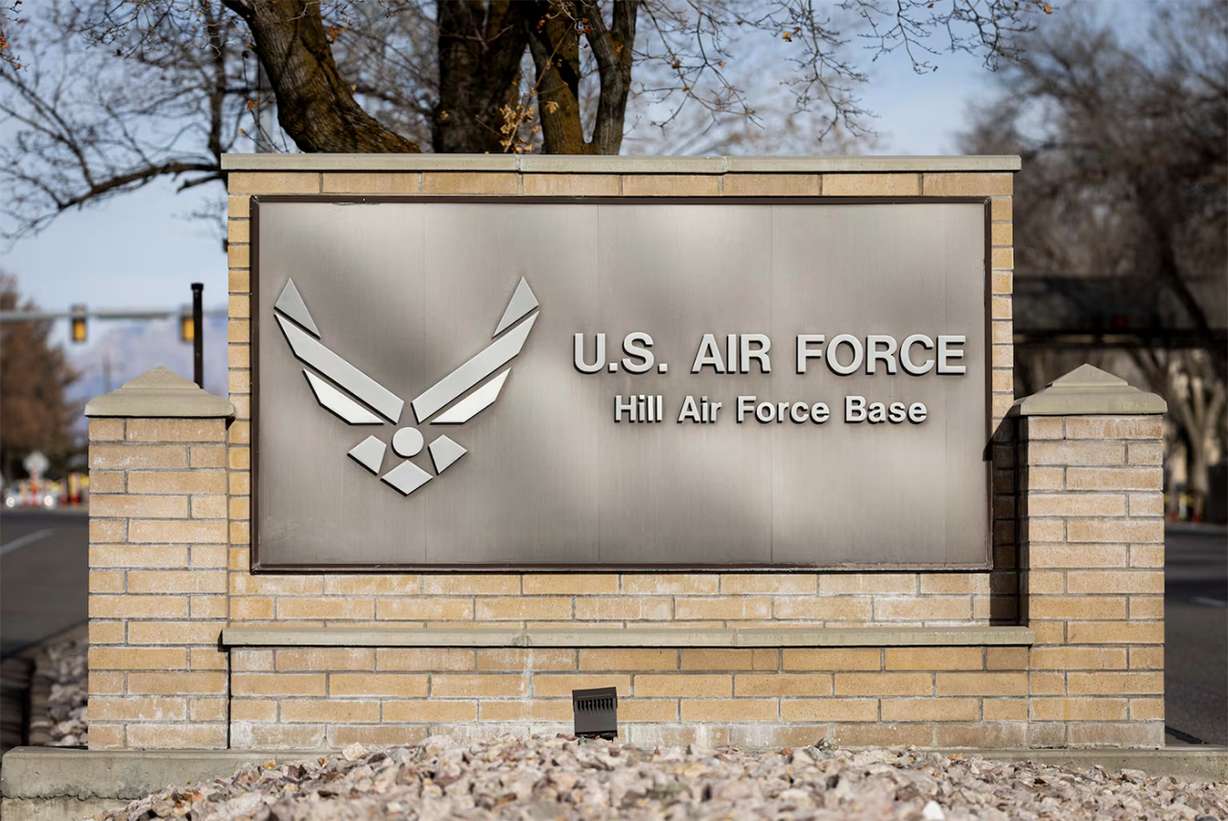- Utah is exploring advanced nuclear technology as part of a national energy agenda.
- The Trump administration issued executive orders to increase nuclear energy capacity by 2050.
- Utah plans a test reactor in Emery County, but safety concerns and caution persist.
SALT LAKE CITY — Utah is on the fast track to be on board to host advanced nuclear technology, part of President Donald Trump's agenda to cement a secure energy future for the United States.
So far, the Trump administration has issued four executive orders to streamline the country's pursuit of small modular reactors and microreactors.
At a legislative hearing Wednesday, those executive orders were outlined. And they are ambitious in timing and scale:
There are 100 gigawatts of energy produced now by nuclear energy. The goal is to increase that to 400 megawatts by 2050.
The executive order puts in place a deadline of 18 months for new reactor licensing decisions.
Final rules will be issued in November next year.
Additionally, the U.S. Department of Energy must designate a site in August and have it on its property by 2027.
Dusty Monks, with the Office of Energy Development, made plain that Utah is entering this arena with caution and realism.
In his presentation to lawmakers, he stressed that there may be something inherently wrong with a banana, but they are still a popular, edible fruit.
There is something called the " linear no-threshold" model that suggests there is no safe level of radiation, but if applied to food, that would mean there is not a safe banana to eat, he said.
The same goes for nuclear energy.
"These executive orders are bold," Monk said.
How Utah can play in the sandbox
Sen. Scott Sandall, R-Tremonton, asked about the opportunities to peel the banana in Utah, which is facing increasing pressure on the grid with its high population growth, data centers and increasing pressure on the manufacturing industry.
Monks said Utah is well positioned to host this advanced technology with such places as Hill Air Force Base, Dugway Proving Ground and the Tooele Army Depot.
There is already a development underway at Hill Air Force with Radiant, and the U.S. Department of Defense is ambitiously pursuing nuclear power in its arsenal to save money on diesel fuel and be more efficient.

At the Idaho National Laboratory, nuclear engineers are working with the military to provide more options.
As an example, one monitor at INL is livestreaming energy generation, weather conditions and more from a distance some 7,200 miles away from the lab west of Idaho Falls.
It is a remote office in Kuwait staffed by the U.S. Army that also includes a latrine. Both relied on diesel fuel as their sole source of power generation until the laboratory deployed a test demonstration microgrid project to rope in renewables so the military branch can be more self-sustaining and produce fewer carbon emissions.
Monks said Utah is in the right spot in terms of nuclear space for a number of reasons.
"They are knocking on our door, and we are talking about it," Monk said.
First, Utah is home to the nation's only uranium processing mill in Blanding, called White Mesa. Additionally, the state's uranium resources — the component for nuclear fuel — are vast.
The University of Utah hosts a small nuclear reactor for research purposes.
Is Utah behind the times?
While it has failed for now, the Utah Associated Municipal Power System pursued an ambitious goal of putting its money behind the development of a small modular reactor at the Idaho National Laboratory. The costs became too high, the timeline was unsustainable and hence the reformation of the U.S. Nuclear Commission licensing process.
Undeterred, Utah has inked a deal with Valar Atomics to have a nuclear demonstration test reactor at the San Rafael Energy Research Center in Emery County up and running by next year.
The Office of Energy Development termed this as a "game changer" in addition to infusing new life into a mine for uranium.

Rep. Carl Albrecht, R-Richfield, pushed to get the ball rolling on nuclear with the successful passage of HB249, which set in motion a coordinated effort for Utah to explore its nuclear energy potential.
He said on Wednesday he plans to run a concurrent resolution to solidify Utah's posture on nuclear energy.
"I have at least one company a week that has called me," he said. They all want to play in the Utah space for nuclear energy.
"It is sort of like going to a candy store and picking out what candy bar you like best."
Utah, he emphasized, has a chance to lead the way.
"Why not us? Utah has a chance to shine," he said.
But lobbyist Steve Erickson — who has long advocated on behalf of "downwinders" impacted by aboveground nuclear tests in Nevada — said there needs to be extreme caution applied in this nuclear pursuit.
He said there should be push back against this path, adding "prove it first."
Another woman said while nuclear has a lot of promise, it comes with peril.
She said states depend on the U.S. Nuclear Regulatory Commission to keep the country safe, yet at the same time, Utah is part of a lawsuit to bring it to heel and hasten the timeline for licensing.











